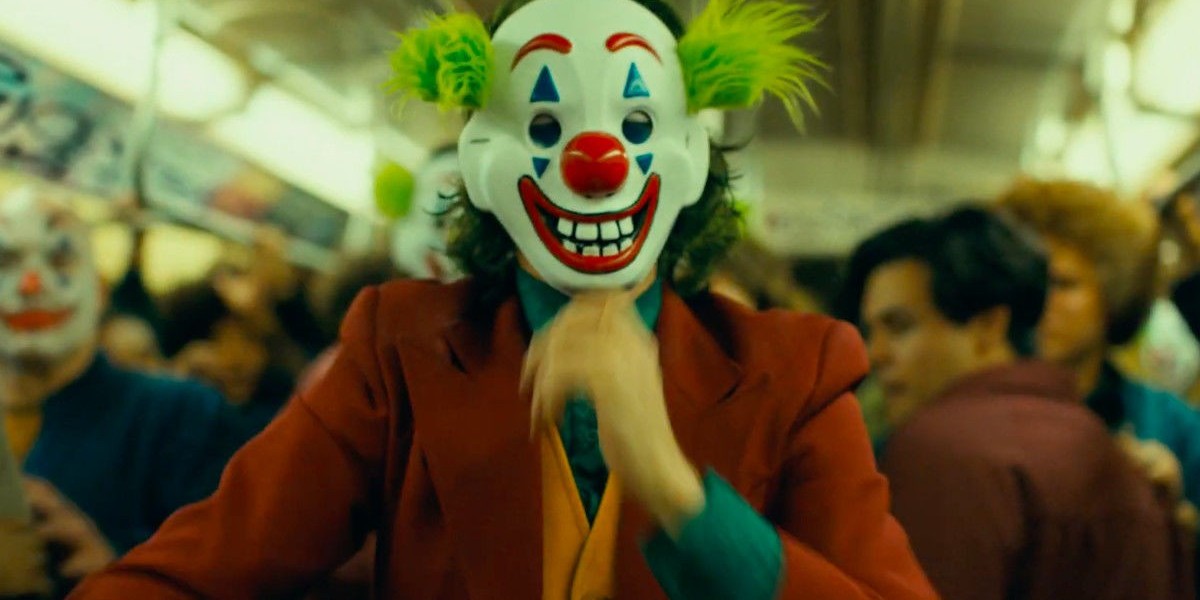Whether it’s through timeless physical comedy or satirical commentary, these characters will continue to entertain and inspire laughter for generations to come.
Comedy has a unique power to transcend cultural boundaries, connect with audiences, and provide a deep sense of catharsis through laughter. Central to this ability are the comedy characters—larger-than-life personalities whose traits and quirks drive humor and define comedic styles. From the silent slapstick heroes of early cinema to the witty and layered characters of today’s television, the evolution of comedy characters offers insight into the changing nature of humor and entertainment. This article takes a look at some of the most iconic comedy characters and how they reflect both the times and the art of comedy itself.1. The Early Days: Silent Film and Slapstick LegendsComedy in the early 20th century was defined by silent film and slapstick humor, where physical gags and exaggerated expressions took center stage. In this period, comedy characters were often simple yet unforgettable, relying more on visual humor than dialogue.Charlie Chaplin’s "The Tramp": One of the most iconic comedic characters of all time, Charlie Chaplin's "The Tramp" was a figure defined by his ill-fitting clothes, bowler hat, and mustache. The Tramp was both clumsy and resourceful, often finding himself in ridiculous situations that required a combination of slapstick humor and pathos. Chaplin's genius lay in his ability to make audiences laugh at the Tramp's misfortunes while simultaneously feeling sympathy for his plight.Buster Keaton’s "The Great Stone Face": Keaton’s character, known for his deadpan expression, was another stalwart of early comedy. His humor came from his ability to remain completely composed in the face of utter chaos. His physical comedy, including incredible stunts and daring feats, made him a legendary figure in silent film.Harold Lloyd’s "Glasses": Harold Lloyd’s character was an ambitious, somewhat nerdy young man who often found himself in improbable situations. Famous for the iconic image of him hanging from a clock tower in Safety Last!, Lloyd’s character exemplified the theme of ordinary people overcoming extraordinary challenges through cleverness and perseverance.2. The Golden Age of Television: Relatable and Quirky CharactersAs television became the dominant medium in the 1950s and 60s, comedy characters began to shift from purely physical gags to more nuanced, relatable personas. The emphasis moved towards dialogue-driven humor and character-driven plots, with many sitcoms revolving around the dynamics of quirky but loveable characters.Lucy Ricardo from "I Love Lucy": Lucille Ball’s portrayal of the bubbly, accident-prone Lucy Ricardo was a groundbreaking moment in television history. Lucy’s over-the-top antics, her willingness to go to ridiculous lengths to achieve her goals, and her relationship with her husband, Ricky, formed the backbone of the show’s humor. Lucy Ricardo became a trailblazer for female comedic characters, demonstrating that women could be just as outrageous and funny as their male counterparts.The Honeymooners’ Ralph Kramden: Played by Jackie Gleason, Ralph Kramden was a working-class man with big dreams and an even bigger temper. His constant schemes to make a fortune, coupled with his humorous inability to succeed, made him a timeless character in American sitcom history. Ralph's rants, combined with his deep love for his wife Alice, reflected the charm of mid-20th-century television comedy.Gomer Pyle from "Gomer Pyle, U.S.M.C.": Gomer, played by Jim Nabors, was a simple, good-natured country boy who joined the Marines and had a way of getting into trouble with his overly sincere, childlike personality. His catchphrase "Golly!" and his gentle nature made him endearing to viewers, and he remains a classic example of a naive character whose innocence drove the humor.3. The Evolution of the Anti-Hero: Complex Characters and Satirical ComedyThe 1980s and 90s brought a shift in comedy, where characters became more complex, and humor moved from lighthearted fun to darker, more satirical realms. Anti-heroes, flawed characters, and unconventional personalities took center stage, reflecting broader societal changes.George Costanza from "Seinfeld": George Costanza, played by Jason Alexander, was one of the most memorable characters in the iconic sitcom Seinfeld. Neurotic, insecure, and perpetually unlucky, George’s selfishness and poor decision-making were the perfect ingredients for awkward, cringe-worthy comedy. Yet, his relatability and the absurdity of his personal life made him endearing to audiences.Homer Simpson from "The Simpsons": Homer Simpson became the embodiment of the average American father figure, with his laziness, love of beer, and complete disregard for common sense. Yet, what makes Homer a great comedic character is his heart. He’s both a bumbling idiot and a loving father, blending absurdity with moments of genuine emotion, which resonated with millions of viewers.Tony Soprano from "The Sopranos": Though not strictly a comedy character, Tony Soprano from The Sopranos became an interesting example of how humor and darkness can coexist. His criminal lifestyle, complex relationships, and psychological struggles were often depicted with a dark comedic flair, making Tony a character whose flaws were both tragic and, at times, laughable.4. The Modern Age: Meta-Comedy and Breaking the Fourth WallIn recent years, the world of comedy has evolved into a more self-aware, meta style of humor, where characters not only entertain but also comment on the conventions of television and film. This shift has led to some of the most unique and original comedic characters in modern entertainment.Michael Scott from "The Office": Michael Scott, portrayed by Steve Carell, is perhaps one of the best examples of a modern comedic character. A well-meaning but often oblivious office manager, Michael’s antics at Dunder Mifflin often cross into awkward and inappropriate territory. His need for validation and complete lack of self-awareness made him the heart of The Office. Michael’s humor lies in the juxtaposition of his attempts to be a “cool boss” with his utter lack of social tact.BoJack Horseman: In the animated series BoJack Horseman, the titular character is a washed-up, self-destructive actor grappling with his own sense of failure and the consequences of his actions. The humor in BoJack is dark and introspective, but it also provides a commentary on mental health, fame, and the complexity of human behavior. The character of BoJack offers a fresh take on the traditional comedy persona, blending comedy with deep emotional exploration.The Marvelous Mrs. Maisel’s Midge Maisel: Midge Maisel, portrayed by Rachel Brosnahan, is a stand-up comedian in the 1950s who defies societal expectations of women. Midge’s comedic timing, sharp wit, and fearless determination to break into the male-dominated world of comedy make her one of the most refreshing characters in modern TV comedy.5. Why Comedy Characters MatterComedy characters are more than just sources of laughter—they serve as reflections of society, providing insight into human nature, social structures, and cultural norms. They allow us to laugh at our own flaws and contradictions, while also offering moments of empathy and understanding.From the innocent slapstick clowns to the more sophisticated and layered characters of today’s shows, comedy characters evolve in response to the cultural and social landscapes of their time. As long as there is humor to be found in human behavior, the comedy character will remain one of the most cherished figures in entertainment.Whether it’s through timeless physical comedy or satirical commentary, these characters will continue to entertain and inspire laughter for generations to come.









